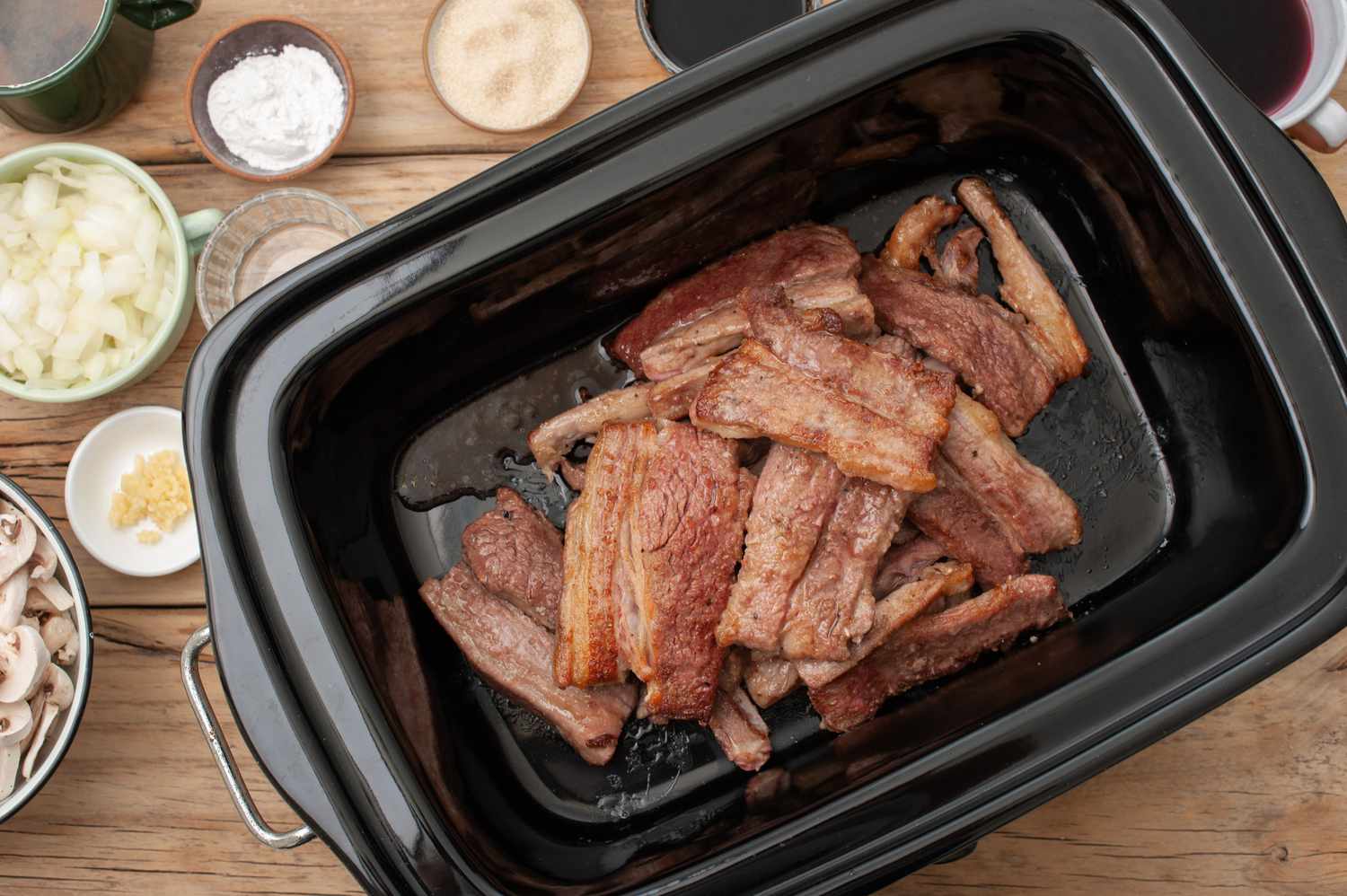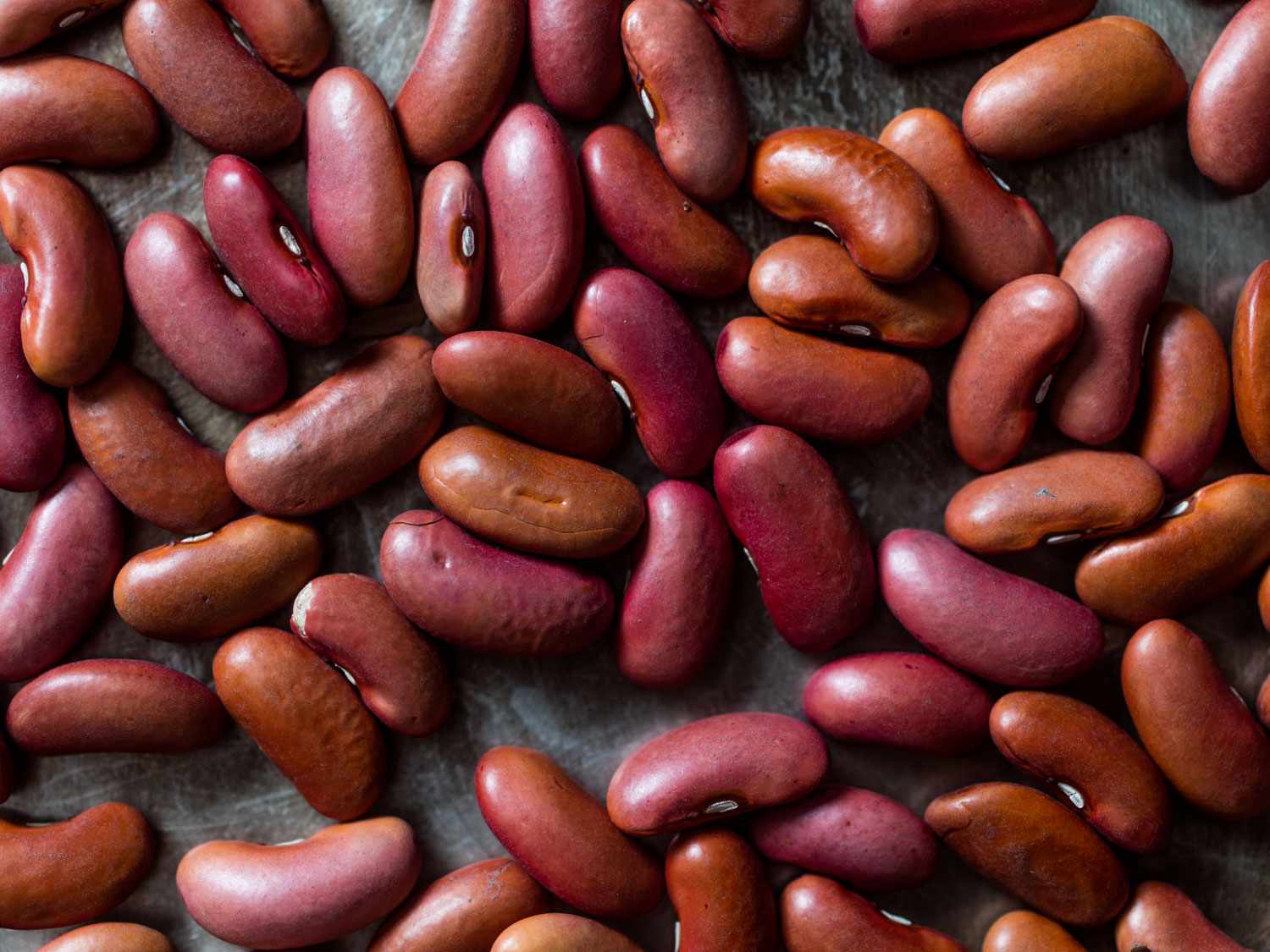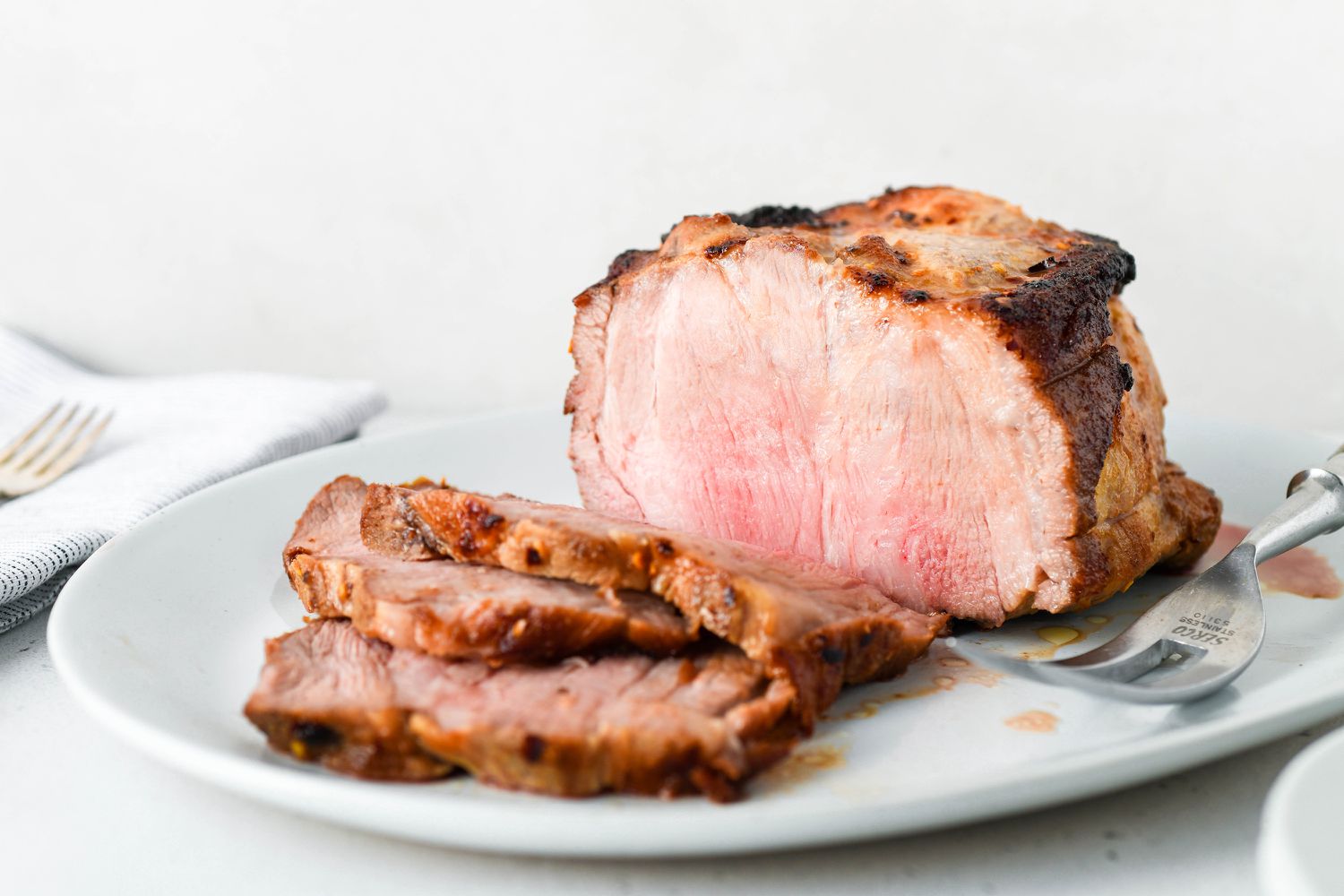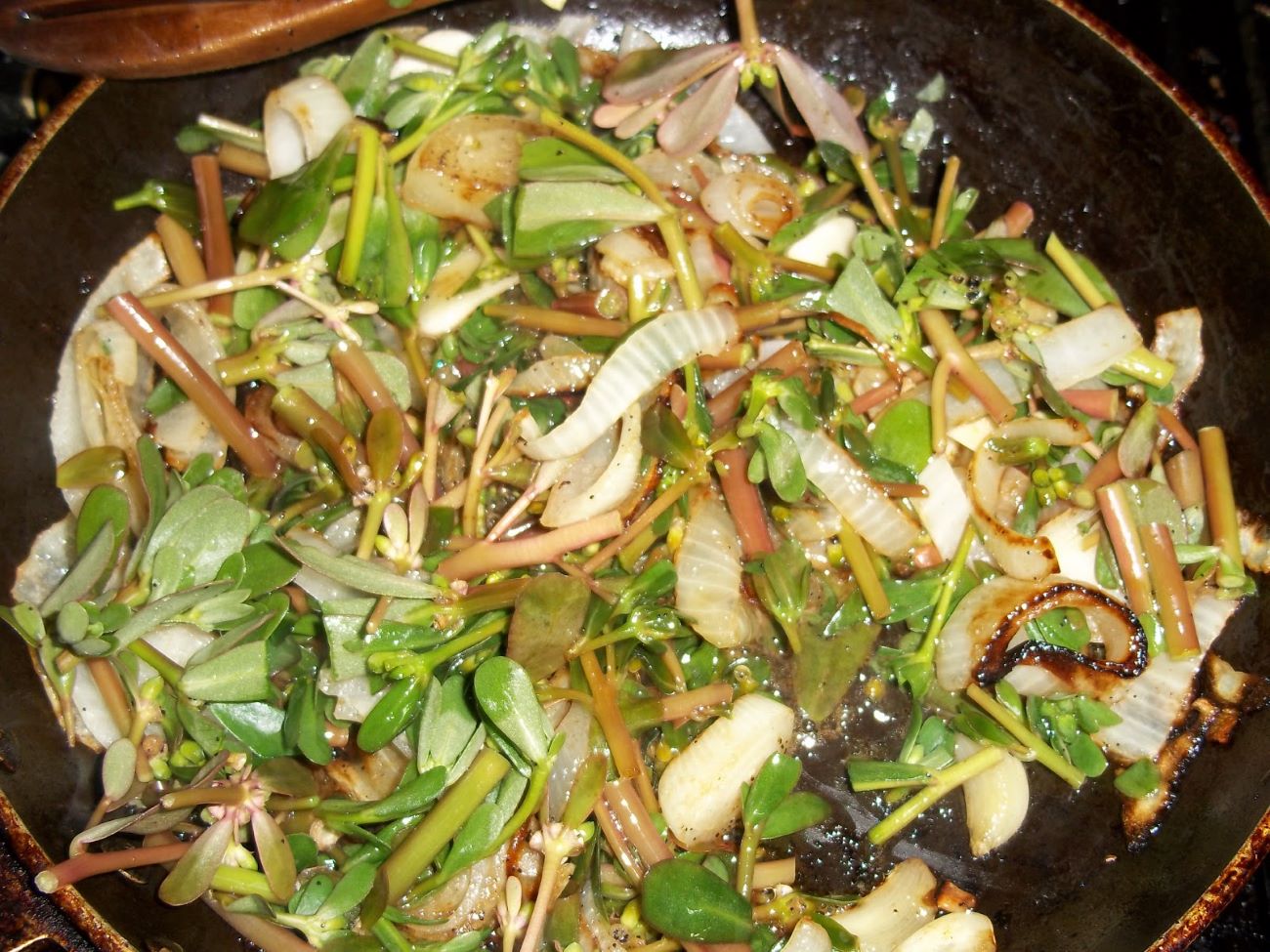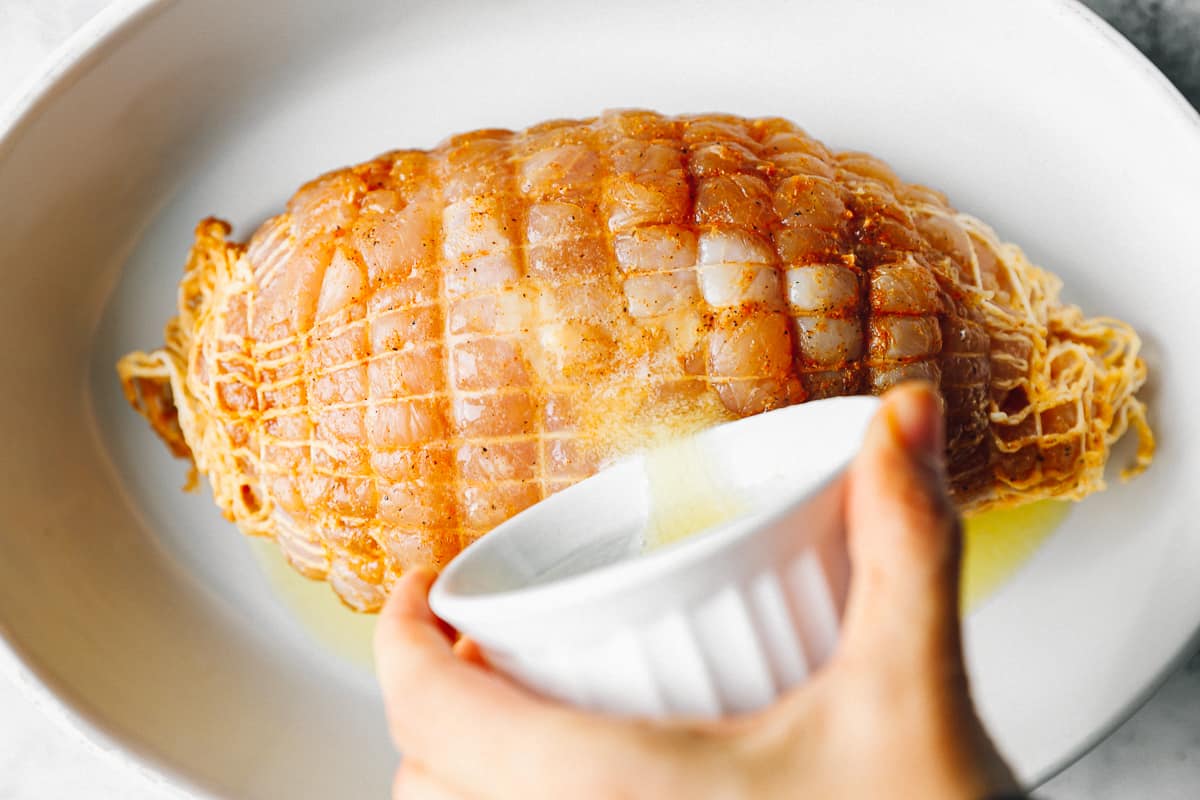How to Make a Traditional Japanese Breakfast
Japan is known for its rich culinary traditions, and one of the most delightful meals to experience is a traditional Japanese breakfast. This morning feast is a feast for the senses, with a variety of flavors, textures, and colors that will leave you feeling nourished and energized for the day ahead. If you’re ready to embark on a culinary adventure, here’s a step-by-step guide on how to recreate a traditional Japanese breakfast in the comfort of your own home.
Step 1: Rice, the Heart of the Japanese Breakfast
Start by cooking a fresh batch of Japanese short-grain rice. Rinse the rice a few times until the water runs clear, then add it to a rice cooker with the appropriate amount of water. Let it cook until fluffy and steaming, filling your kitchen with a comforting aroma.
Step 2: Miso Soup, the Soul-Warming Elixir
No Japanese breakfast is complete without a steaming bowl of miso soup. In a small saucepan, bring water to a gentle simmer and add dashi stock (usually made from bonito flakes or kombu seaweed) for a savory base. Stir in miso paste and add tofu, seaweed, and any other desired ingredients. Simmer for a few minutes until the flavors meld together.
Step 3: Grilled Fish, a Protein-Packed Delight
Traditionally, a serving of grilled fish is a staple in a Japanese breakfast. Common choices include salmon, mackerel, or sardines. Season the fish with a sprinkle of salt and grill it to perfection. The crispy skin and tender flesh perfectly complement the other elements of the breakfast.
Step 4: Tsukemono, the Crunchy Side
Tsukemono, or pickled vegetables, add a delightful crunch and tang to the meal. Choose an assortment of brightly colored vegetables such as cucumbers, radishes, or daikon. Slice them thinly and soak them in a mixture of rice vinegar, salt, and sugar. Let them pickle for a few hours or overnight to develop their unique flavors.
Step 5: Tamagoyaki, the Japanese Omelette
A tamagoyaki, or Japanese rolled omelette, is a delightful addition to the breakfast spread. Whisk together eggs, soy sauce, sugar, and a touch of mirin. Cook the mixture in a rectangular pan with some oil, rolling it up as it cooks to create thin layers. Once cooked, slice the tamagoyaki into bite-sized pieces.
Step 6: Add a Touch of Green
To balance the meal and add a touch of freshness, include a serving of steamed greens such as spinach or bok choy. Blanch the greens quickly in boiling water and then shock them in ice water to maintain their vibrant color. Serve them alongside the other dishes.
Step 7: The Finishing Touches
Arrange all the components of your Japanese breakfast on a beautiful plate or tray. Don’t forget to include a small dish for soy sauce to drizzle over the fish and tamagoyaki for an extra burst of flavor. A cup of green tea is the perfect accompaniment to complete the meal.
Now that you have mastered the art of preparing a traditional Japanese breakfast, take a seat and savor each bite. Enjoy the harmonious combination of flavors, textures, and colors that make this meal a true celebration of Japanese cuisine. Your taste buds will thank you, and you’ll feel ready to tackle the day with a nourished body and a satisfied soul.
Was this page helpful?
Read Next: How To Make Blini At Home



